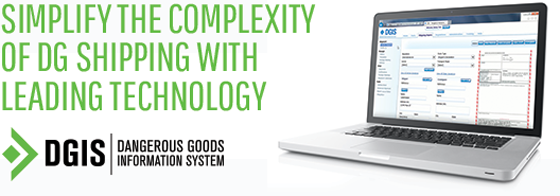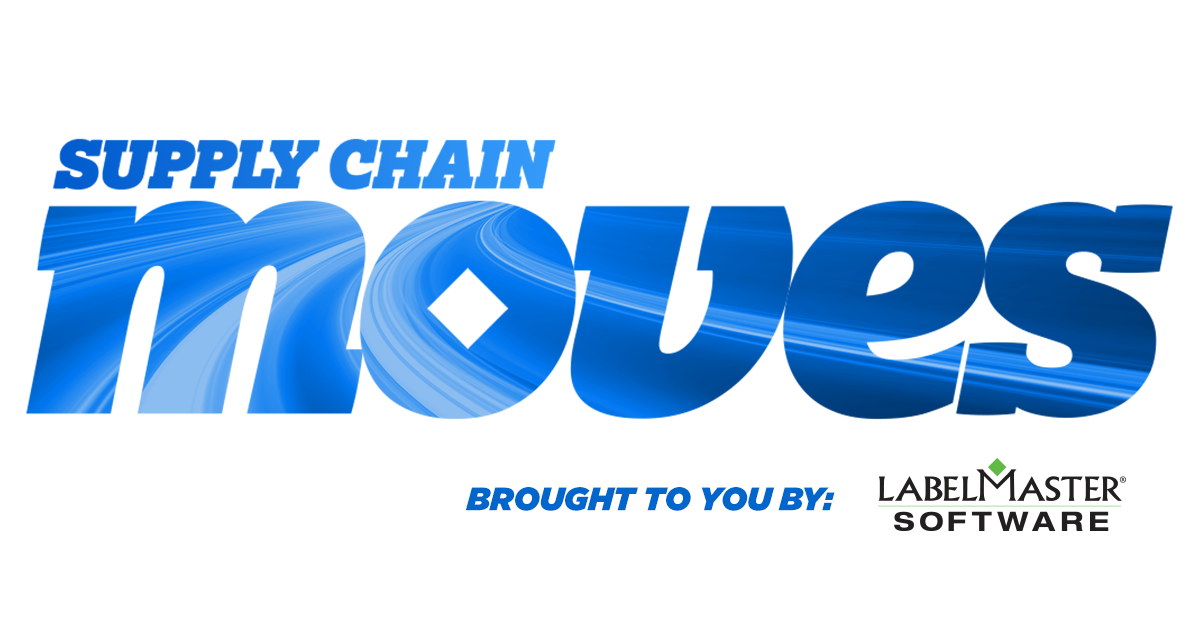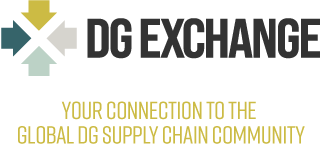

Week of October 12th, 2020
Linking technology news with Dangerous Goods compliance
Technology is already a key part of having a smooth, efficient and resilient supply chain, and this will become even more true as supply chains continue to evolve and organizations become more forward-thinking.
To help companies keep a pulse on technology trends impacting business and the movement of dangerous goods throughout the supply chain, Labelmaster has launched “Supply Chain Moves,” a bi-weekly report linking the latest technology news to dangerous goods compliance.
Let’s examine the recent supply chain technology and industry news.
TECHNOLOGY
- Supply Chain Automation Innovation Inside the Warehouse and on the Road: Establishing a systematic process for evaluating and piloting emerging technologies is a good first step to streamline and accelerate an application for its customers.
- The Top 10 Supply Chain Management Systems in 2020: After COVID-19 showed just how fickle our global supply chain networks truly are, supply chain management (SCM) is a hot topic again. Here’s a look at the top ten SCM systems of 2020.
- What it Takes to Create an Intelligent, Customer-centric Supply Chain: Discover how modern supply chains operating as intelligent business networks that connect systems, processes, and partners can help establish a more responsive supply chain.
- How AI and Data Science can Improve Supply Chains: The complexity and volume involved in managing immense amounts of supply chain data can be staggering. As a result, more companies are turning to artificial intelligence.
- Three Steps to Harden Supply Chains: The Coronavirus has shone a spotlight on the fragility of modern supply chains and the risk of having a single point of failure.
- Three Reasons Cloud-Native Approaches are so Hot in Supply Chain Right Now: As organizations look towards flexible, agile IT solutions to future-proof against shifting business landscapes, cloud-native solutions should be a top priority.
3PL TECH
- The Future of Inventory Management: Real-time locating system technology combined with the continued evolution of WMS user interfaces promises to take inventory management to a new level by allowing improved visibility and control.
- How to Solve the Digital Transportation Puzzle: Transportation is a critical component of the supply chain, and digitalization is emerging as a valuable means to improve visibility and cost. But how do you know where to invest to see the maximum return?
- Tech Integration Keeps Shippers in Step with Customers: How quickly and easily a shipper can adapt to increasing customer demands without sacrificing service depends largely on how well its mission-critical fulfillment technologies have been integrated to work cooperatively.
Technology & Dangerous Goods Compliance
COVID-19 highlighted the fragility of modern supply chains and the risk of having a single point of failure. In a recent Computer Weekly article, Nelson Petracek, global chief technology officer at Tibco, notes that a good first step in developing a more resilient supply chain is to better understand the characteristics of the supply chain as it actually is today, not how it’s documented.
Ask yourself: Where are the bottlenecks? How are resources being utilized across the supply chain? How compliant are the supporting processes? Answers to such questions are critical to understanding how your supply chain needs to evolve to respond better to disruptions.
Petracek states, “Capture data from key measurement points across the supply chain – the internet of things (IoT) can help here if the number or quality of instrumentation points is insufficient – analyze this data using advanced analytics to correlate and derive insight into supply chain transaction behavior, and then identify areas of improvement. Without this information, it will be difficult to determine where to start with any supply chain transformation initiative.”
Unfortunately, data accuracy, completeness and reliability remains a challenge for many organizations. This was evident in Labelmaster’s 2019 Dangerous Goods Confidence Outlook, when 45% of DG pros reported that their organization’s data collection was “sporadic, inconsistent or not done at all,” while 55% felt that way about their supply chain partners’ data collection efforts.
Not having important information is especially difficult when shipping DG, which is increasingly complicated due to ever-changing regulations and the complex nature of shipping DG, including packaging, labeling, documentation, permits and transport of goods.
DG management plays a critical role in maintaining a smooth, resilient and compliant supply chain, and DG pros around the world recognize just how important data will be moving forward. According to a recent survey, 88% of respondents said “accurate and complete DG shipment data” is important to the future of their organization.
To learn more about dangerous goods software or how to establish a safer, more compliant supply chain, visit https://www.labelmaster.com.
Have questions about dangerous goods transport? Call the Labelmaster Regulatory Hotline at 1.800.621.5808.

As the industry’s most robust, flexible, and advanced hazmat shipping software, Labelmaster’s DGIS can actually help your operation make more money. DGIS validates shipments and prepares DG declarations so quickly, you can handle more shipments every hour. And more shipments mean more revenue.
Try your own numbers in our calculator to see the added revenue DGIS can generate for you.


